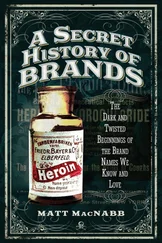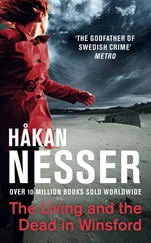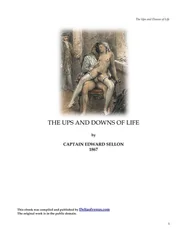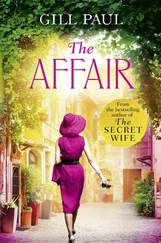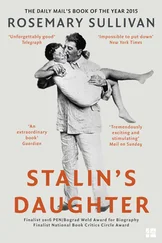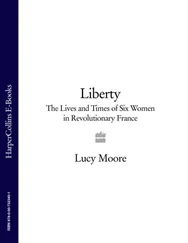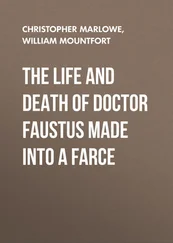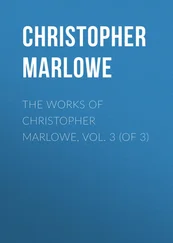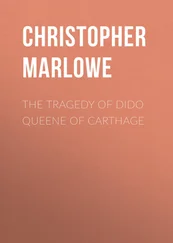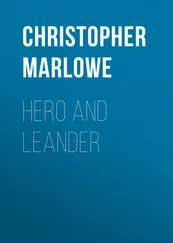But in the 1570s it was Sir Roger’s interest in the clever young boy that would give him the step up he desired. He promised his patronage to ease Marlowe’s passage to The King’s School.* First the boy had to improve on his basic education, and was sent, at the age of seven with Sir Roger’s support, not to one of the two grammar schools in St George’s parish, but to a superior establishment in St Peter’s Street, founded by Matthew Parker, the Archbishop of Canterbury, in 1569. So once more he joined the other boys as they tramped to school with heavy looks. He began to study Latin grammar, later venturing into composition, and reading works such as Cato’s Puerilis and Aesop’s Fables . After a year or two his masters switched to Latin, rather than English, as the medium of instruction, and he may even have begun a little Greek – all the better to equip himself for his next school. But as time wore on and Kit became easily eligible for King’s, Sir Roger appears to have become curiously unwilling to pay for his protégé. Whether or not he still enjoyed Sir Roger’s patronage when he got to King’s is unclear. Cathedral accounts for the school show that ‘Chr’opher Marley’ received a scholarship payment of £1 a quarter under a statute that allowed ‘fifty poor boys, both destitute of the help of friends, and endowed with minds apt for learning’ and who were over nine and younger than fifteen, to enrol. And it was not until Christmas 1578, when he was just a few months short of the maximum admission age, that he finally made it to the exalted institution in the cathedral precincts.
Stephen Gosson was not there to greet him. In 1572 he had gone up to Oxford, giving Christopher a new goal, but leaving him bereft of a soul mate. The boy who filled Stephen’s place in Christopher’s quiver of friends was Oliver Laurens (or Lourens).† Oliver was the same age as Christopher, and he had just escaped from France with his life. Tension between the Catholic monarchy (dominated by the house of Guise) and the Protestant Huguenots had bristled yet again into violence. In the summer of 1572 the Duc de Guise, at the instigation of the Queen Mother Catherine de’ Medici, fired up a rabid Catholic mob in Paris to an act of shuddering ferocity. Hundreds of Huguenots had gathered in the city for the wedding of the Protestant Henri of Navarre to Catherine’s daughter, Marguerite de Valois. Juan de Olaegui, secretary to the Spanish ambassador, reported the atrocity:
On Sunday, Saint Bartholomew’s Day [24 August] at three o’clock in the morning, the alarm was rung; all the Parisians began killing the Huguenots of the town, breaking down the doors of the houses in which they lived and pillaging what they found within.
[The Duc de] Guise, Anevale and Angoulême went to the Admiral’s [the Huguenot leader Coligny’s] house … they went up to his room and in the bed where he was lying, the Duc de Guise shot him in the head with a pistol; then they took him and threw him naked out of the window into the courtyard …
Some 4,000 Huguenots were slaughtered, and the unrest spread to the provinces where it lasted for weeks. Another witness to the massacre was Francis Walsingham, the man who was one day to control a network of spies across the continent, but was then the English ambassador in Paris. It was to sour his attitude to Catholics for life.
By 27 August, crowds of terrified Huguenot fugitives began to arrive at Rye from Dieppe. So many made their way to Canterbury that the cavernous cathedral crypt, which had been allocated to them for worship, could scarcely contain ‘such a swarm’. According to Urry they were not unwelcomed by the people of Canterbury as the refugees looked after their own poor, gave jobs to locals and took over dilapidated property, even though they sometimes packed in four or five families to a house. Many settled in the neighbourhood of St George’s, though it is most likely that Christopher met Oliver Laurens through Stephen Gosson, before Stephen left for Oxford at the end of the year. We know that Stephen’s father was a foreigner: Cornelius Gosson is described as an ‘alien’ in local tax lists, and Stephen referred to himself as a ‘mule’ (i.e. half foreign by birth). French Protestant refugees had been arriving in Canterbury since the 1540s and there was a family of Gossons with the new wave of refugees – quite possibly relations of Stephen’s own family.
Curious young Christopher’s instinctive reaction to being surrounded by the cosmopolitan Gossons and Laurenses was to learn their language. Oliver’s father made a little money by teaching French, and a ‘C. Marle’ appears as a student in his account books as early as Christmas 1572. By adulthood Marlowe’s grasp of French would be very good, as was later evident in the courtship scene in Henry V ; and in The Merry Wives of Windsor he would gently mock his friend’s dapper, rather exuberant father – a ‘musical-headed Frenchman’ with an explosive temperament – in the character of Doctor Caius.
Caius : Vat is you sing? I do not like des toys. Pray you, go vetch me in my closet un boitier vert – a box, a green-a box. Do intend vat I speak? A green-a box … You jack’nape; give-a this letter to Sir Hugh; by gar, it is a shallenge; I will cut his troat in de park …
( The Merry Wives of Windsor , I iv 39ff)
Here Christopher cheekily sets his French teacher off against his former ABC school teacher, as Caius ‘shallenges’ Sir Hugh Evans to a duel.
No doubt in his French lessons Christopher used the book of dialogues brought out by the London-based French teacher Claudius Hollyband a few years earlier, which in an admirably taut definition of the process of language teaching, claimed to accustom the learner to ‘the true phrase of the language’ and teach him ‘the perfect annexinge of syllables, wordes and sentences’ and also ‘in what order they ought to be uttered’. The book would also have given Christopher a glimpse of one of the problems of cultural adaptation his new friend was having to face, as in one dialogue a shocked French boy named Francis demands of his nurse: ‘Wilt thou that I wash my mouthe and my face, where I have washed my handes, as they doo in many houses in England?’ (an echo of the horror shown by mainland Europeans that the British enjoy soaking in their own dirty bath water). It is probably at this stage of his life, too, that Christopher, fired by his new discovery of foreign tongues and sustained by his evident ability with them, sought out one of the Flemish refugees who lived in Canterbury and began learning Dutch. Both languages were to prove invaluable to him. English, in the sixteenth century, was unimportant and decidedly insular. That he was keen to learn French and Dutch, an important language of trade, appears to indicate that he had already set his sights and his ambitions on the Continent.
Oliver’s family came from Paris. Together with a small group of fellow Huguenots, they had fled their homes when the killings started, but were set upon once again when they were found huddled and praying in nearby woods. The Laurenses were one of the few families to survive the slaughter. Later, as they grew to have more language in common, Oliver would tell Christopher of his horrors, tales that were to resurface years afterwards:
. . . ‘Kill, kill!’ they cried.
Frightened with this confused noise, I rose,
And looking from a turret, might behold
Young infants swimming in their parents’ blood,
Headless carcasses pil’d up in heaps,
[Women] half-dead, dragg’d by their golden hair …
Old men with swords thrust through their aged sides,
Kneeling for mercy to a [lad],
Who with steel pole-axes dash’d out their brains.
Читать дальше

